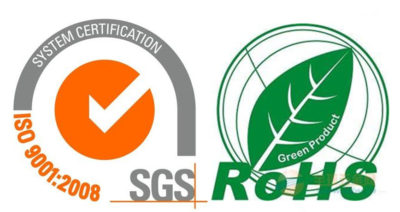Activated alumina is a porous, highly adsorbent aluminum oxide material that is widely used in water treatment, gas drying, catalyst carriers, and other fields. Due to its active chemical properties, safe operation must be observed during use to avoid harm to the human body or the environment. This article will detail the safe use of activated alumina.
Understand the basic properties of activated alumina
Before using activated alumina safely, you must first understand its basic properties:
- High adsorption: can adsorb moisture, organic matter and certain gases.
- Chemical stability: resistant to acids and alkalis, but may react in strong acid or alkali environments.
- Physical form: usually white or light yellow spherical or granular solids, easy to generate dust.
Personal protective measures
Because activated alumina may generate dust, direct contact may irritate the skin, eyes or respiratory tract, so the following protective measures should be taken during operation:
- Wear a dust mask (such as N95 or higher protection level) to avoid inhaling dust.
- Wear protective gloves (such as nitrile gloves) to reduce skin contact.
- Wear goggles to prevent dust from entering the eyes.
- Wear long-sleeved work clothes to prevent dust from adhering to the skin.
Safe storage methods
The correct storage method can prevent activated alumina from getting damp, contaminated or causing other safety hazards:
- Sealed storage: Store in a dry, cool place and avoid exposure to humid air to prevent moisture absorption and reduce adsorption performance.
- Keep away from acids, alkalis and organic matter: Avoid contact with strong acids, strong alkalis or volatile organic matter to prevent chemical reactions.
- Fire and explosion prevention: Although activated alumina is not flammable, dust may form an explosive mixture when it reaches a certain concentration in the air, so it should be avoided in open flames or high temperature environments.
Safety Operation Guidelines
(1) Handling and Feeding
- Use closed conveying equipment (such as vacuum feeder) to reduce dust flying.
- Avoid direct dumping. Use spiral conveying or airflow conveying.
(2) Regeneration and Treatment
- After the activated alumina is saturated with adsorption, it can be regenerated by heating (such as 200~300℃), but it must be done in a well-ventilated environment to avoid releasing adsorbed harmful substances.
- Waste activated alumina should be handled in accordance with local environmental protection regulations to avoid random disposal and pollution of the environment.
(3) Emergency Treatment
- Inhalation of dust: Immediately move to a place with fresh air. If breathing difficulties occur, seek medical attention immediately.
- Skin contact: Rinse with clean water for at least 15 minutes. If irritation persists, seek medical attention.
- Eye contact: Immediately rinse with plenty of clean water and seek medical help.
- Ingestion: Do not induce vomiting. Rinse mouth immediately and seek medical attention.
Safety precautions in application areas
(1) Water treatment
- When used for fluorine and arsenic removal, the treated water quality must be tested regularly to avoid secondary pollution.
- Saturated activated alumina should be properly handled to prevent heavy metals and other pollutants from entering the environment.
(2) Gas drying
- When used for compressed air or industrial gas drying, the system must be sealed to prevent moisture from re-entering.
- Control the temperature during regeneration to avoid local overheating that may lead to material performance degradation.
(3) Catalyst carrier
- In chemical catalytic reactions, the stability of activated alumina must be ensured to avoid structural changes under high temperature and pressure.
Activated alumina is a highly efficient adsorbent, but safety regulations must be strictly followed during use, personal protection, correct storage and operation must be done well, and health and environmental risks must be avoided. Through scientific management and standardized operation, its performance can be fully utilized while ensuring the safety and reliability of the production process.

